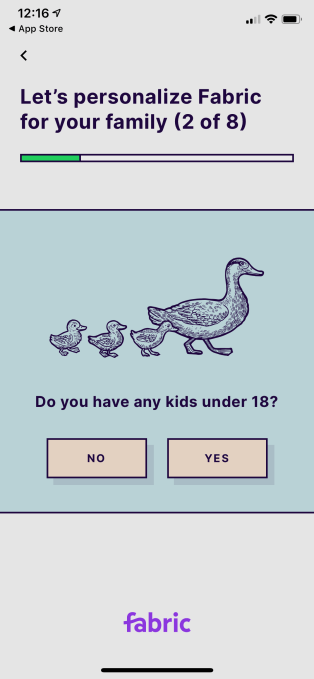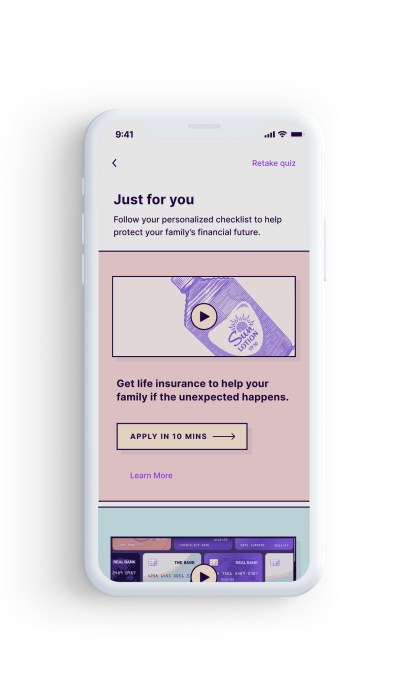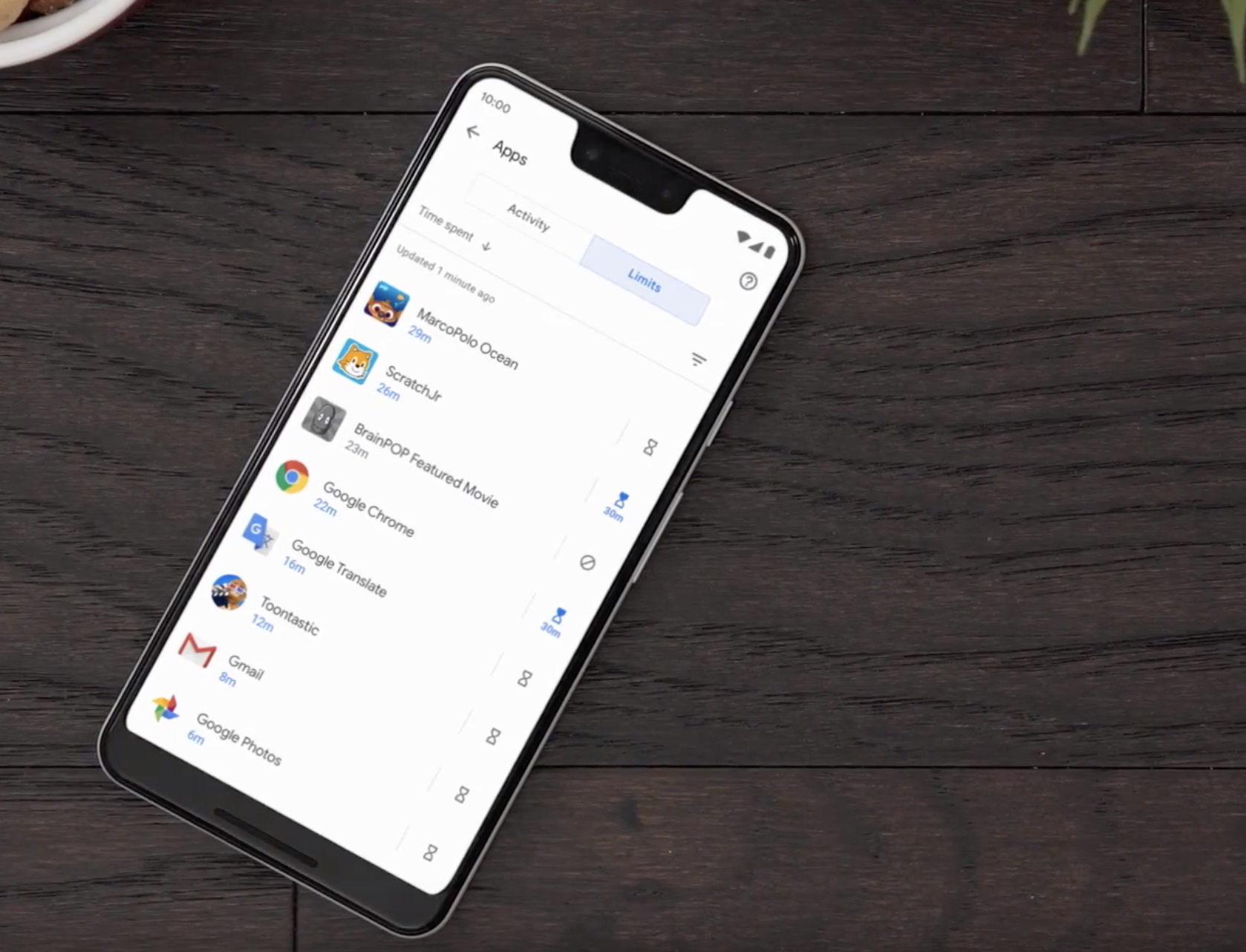Nearly 300 million kids are missing school worldwide because of the coronavirus outbreak, including some 54 million in the U.S. alone. That’s left parents scrambling for resources to help continue their children’s education, often while also working from home themselves — an almost insurmountable challenge. Today, the non-profit media organization Common Sense is launching a site to help parents called Wide Open School (WideOpenSchool.org), which combines the best educational resources for publishers, nonprofits, and education companies in one place.
At launch, this free resource includes content from the American Federation of Teachers, Amplify, Boys & Girls Clubs of America, Head Start, Khan Academy, National Geographic, Noggin, PBS, Scholastic, Sesame Workshop, Time for Kids, XQ Institute, and even YouTube.

All the content offered through Wide Open School is freely available.
But it’s not just a list of helpful websites. Instead, Wide Open School actually programs a full school day for the child by grade level, to ensure they’re getting a mix of educational material that aligns with what their day would have been when attending school.
For example, a 4th grader may be pointed to Prodigy’s math games, YouTube art tutorials, and Khan Academy reading resources in the morning, then instructed to read a book, draw, or listen to music during their screen-free lunch break. In the afternoon, they may take social studies via Google Earth, study science through Amplify, and take P.E. by way of GoNoodle.
The site even suggests evening activities that can be done as a family, like bedtime reading or movies to stream, among other things.

In addition, Wide Open School offers a guide to getting started with learning at home, a collection of virtual field trips, a collection with resources for art and music, and one with resources for emotional well-being — the latter especially critical at a time when anxiety levels are high among parents and kids alike.
There’s also a section dedicated to parents of children with special needs
Everything is organized in a colorful grid with picture images so it can be easily used by children on their own.
For struggling parents new to homeschooling, a resource like this will likely be welcome.
However, Common Sense is opening up the tools to educators, as well. Though many U.S. school systems already offer their students a set of digital resources through direct relationships with educational companies, like Nat Geo or Scholastic, those resources were typically meant to supplement the education the child was receiving at school, not replace it. There may still be large holes in the child’s education that aren’t being addressed.
Everything on the site has been hand-curated for educational quality.
This taps into Commons Sense’s key strength, as its focus has always been on promoting safe technology and media for children. Today, its website is known for its trusted reviews of TV, movies, books, games, and apps that help parents understand a given piece of content’s age-appropriateness, as well as concerns with the title in question, if any.
To create the new Wide Open School, Common Sense was able to tap into its existing understanding of the educational media available for families, and then organize it by grade level.
 Common Sense says it also worked with key distribution and technology partners Apple, Google, Zoom, Comcast, Salesforce, and Zoom, which have also suggested tools and resources, to ensure they’re aware of and can access the content.
Common Sense says it also worked with key distribution and technology partners Apple, Google, Zoom, Comcast, Salesforce, and Zoom, which have also suggested tools and resources, to ensure they’re aware of and can access the content.
“The coronavirus pandemic has elevated the need for quality learning materials all in one place for families and educators, and Common Sense is proud that trusted experts and partners have joined together to launch Wide Open School so quickly,” said James P. Steyer, CEO and founder of Common Sense, in a statement about the launch.
“Many organizations have moved swiftly to respond to this crisis with incredible resources and special offers for educators and families. We wanted to use our nearly 20 years of experience as an expert reviewer and curator to create the go-to source of quality content that will provide educators with the support they need to shift to remote teaching and a one-stop, trusted place for families to engage kids who are now learning from home,” he added.
Though many U.S. schools are moving towards remote learning, some aren’t yet ready or fully rolled out. And even those schools that have shifted online aren’t necessarily programming the equivalent of a full school day for the students. That can be difficult for parents working from home, as kids complete their more limited educational activities, then look to be entertained. Left on their own, that’s meant full days of gaming or binging YouTube — much to the exacerbation of parents who don’t consider coronavirus cancellations just an early start to summer break.
Wide Open School can supplement whatever remote learning is taking place, as well, or can be used by teachers who are creating online lessons for the first time.
The new website launched publicly today, but is still considered a beta — meaning it’s not the final product.
Common Sense is still working to expand the site and is forging additional educational partnerships with media and education companies, nonprofits, and teachers, in order to add more content, it says.
The site will be available across platforms, including mobile, desktop and TV, in order to allow everyone — even low-income families — to access its resources.
It’s working to add other resources to aid low-income families as well, including information about accessing free or discounted broadband services, as well as resources for more urgent needs to address health, hunger, shelter, and psychological needs.


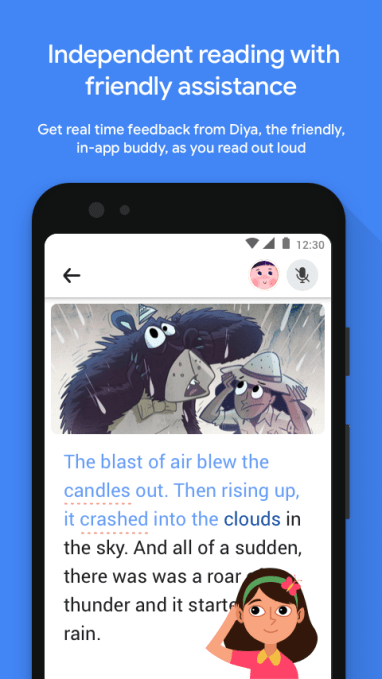 Google says the app was built with children’t privacy in mind and is able to work without either Wi-Fi or data. The voice data is analyzed in real-time on the device, and is not synced, stored or analyzed on Google’s servers. The company also stresses that it’s not using a voice sample from the kids to make the product better.
Google says the app was built with children’t privacy in mind and is able to work without either Wi-Fi or data. The voice data is analyzed in real-time on the device, and is not synced, stored or analyzed on Google’s servers. The company also stresses that it’s not using a voice sample from the kids to make the product better.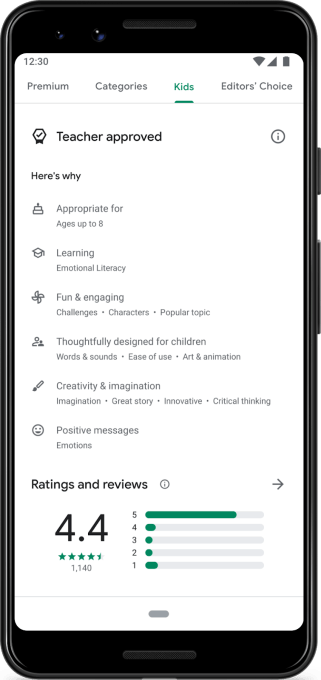
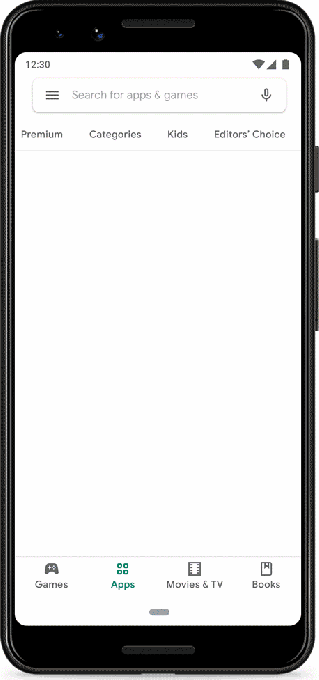


 Common Sense says it also worked with key distribution and technology partners Apple, Google, Zoom, Comcast, Salesforce, and Zoom, which have also suggested tools and resources, to ensure they’re aware of and can access the content.
Common Sense says it also worked with key distribution and technology partners Apple, Google, Zoom, Comcast, Salesforce, and Zoom, which have also suggested tools and resources, to ensure they’re aware of and can access the content.



